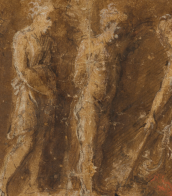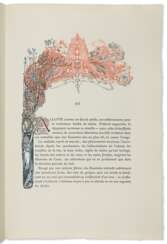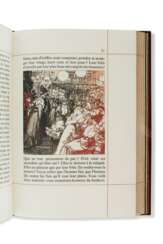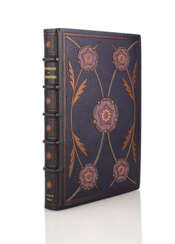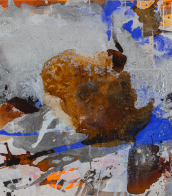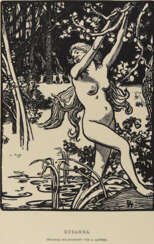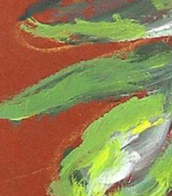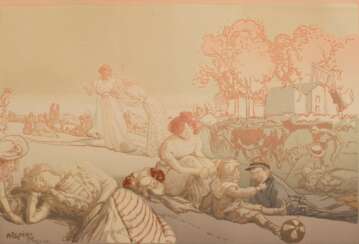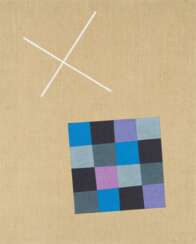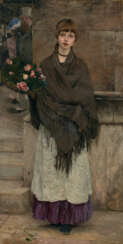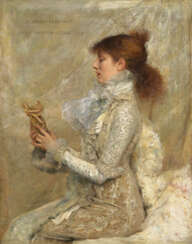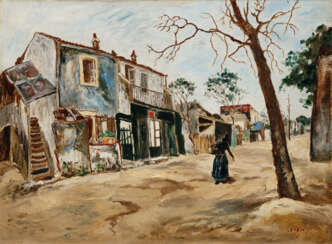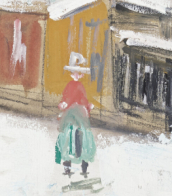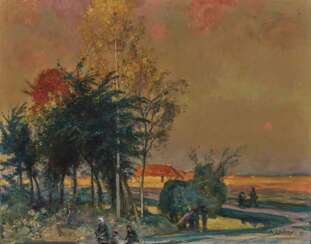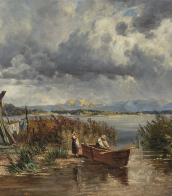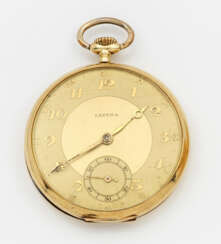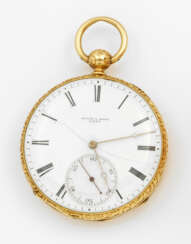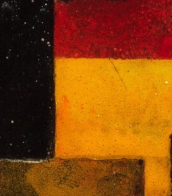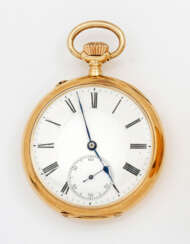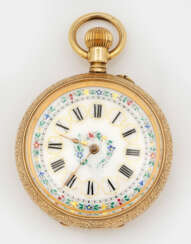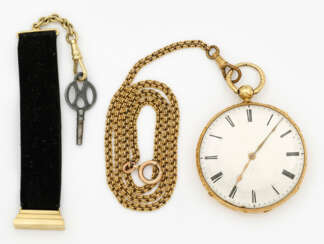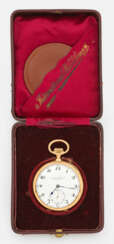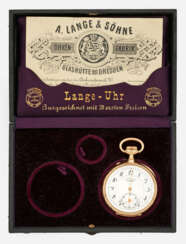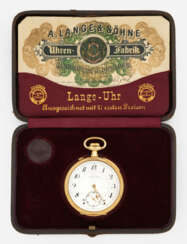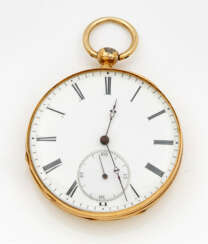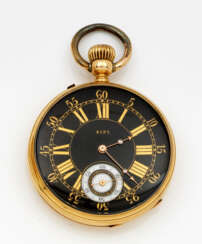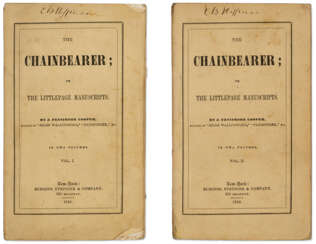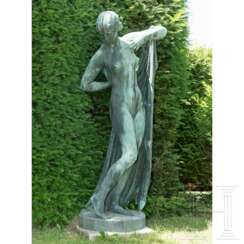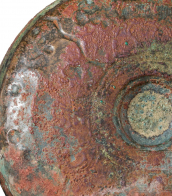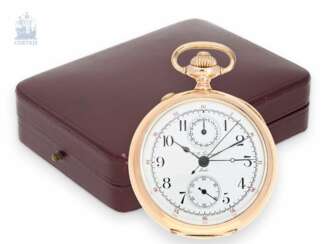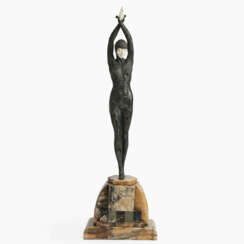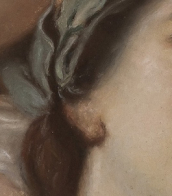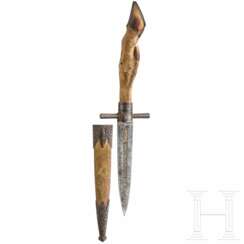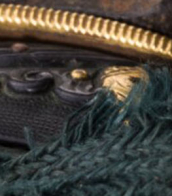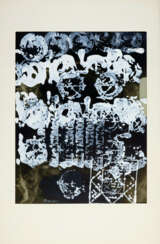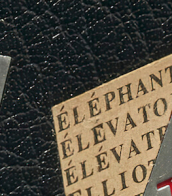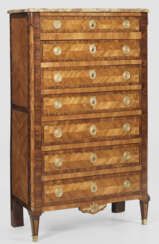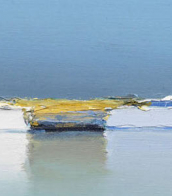lepère
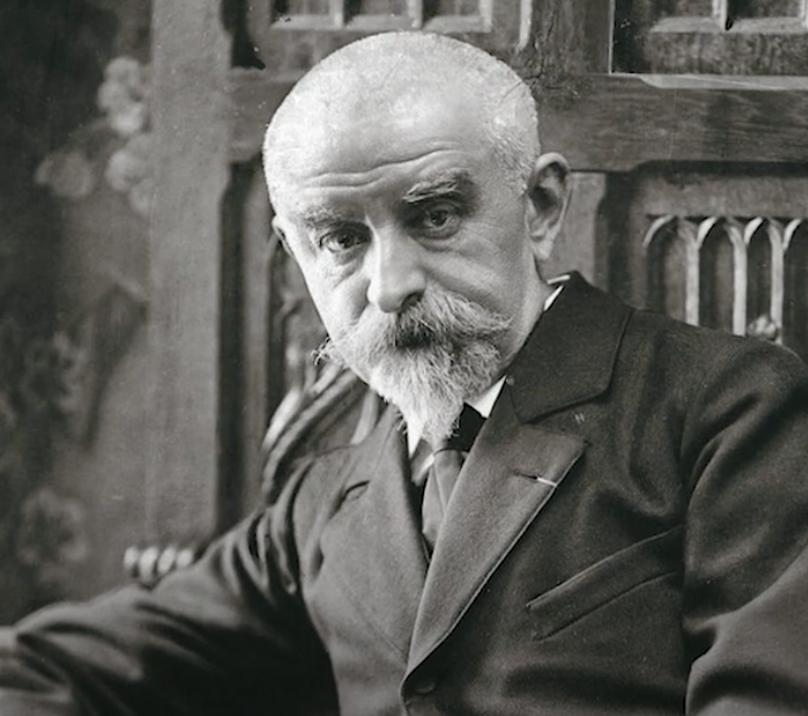
Joris-Karl Huysmans, real name Harles-Georges-Marie Huysmans, was a French writer and poet, the first president of the Goncourt Academy.
Huysmans' father was Dutch, and he always emphasized this fact. At the age of 20, the aspiring writer began working as an official in the French Ministry of the Interior, where he served all his life.
Huysmans received the greatest fame thanks to the novel À rebours ("Against Nature"). The main appeal of this writer's work lies in its autobiographical content. And his style is characterized by a wide vocabulary of the French language, a wealth of detailed and sensual descriptions, as well as sharp satirical wit. The novels are also notable for their encyclopedic documentation, ranging from a catalog of decadent Latin authors in À rebours to a discussion of the symbolism of Christian architecture in La Cathédrale.
In his work, Huysmans expresses a distaste for modern life and a deep pessimism, but in his writings one can trace the stages of intellectual life in late nineteenth-century France. Joris-Karl Huysmans was one of the earliest proponents of Impressionism. He was also a renowned literary critic and one of the founders and first president of the Goncourt Academy.
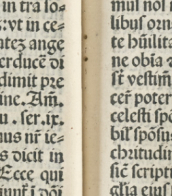
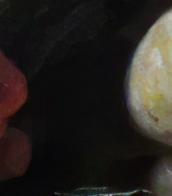
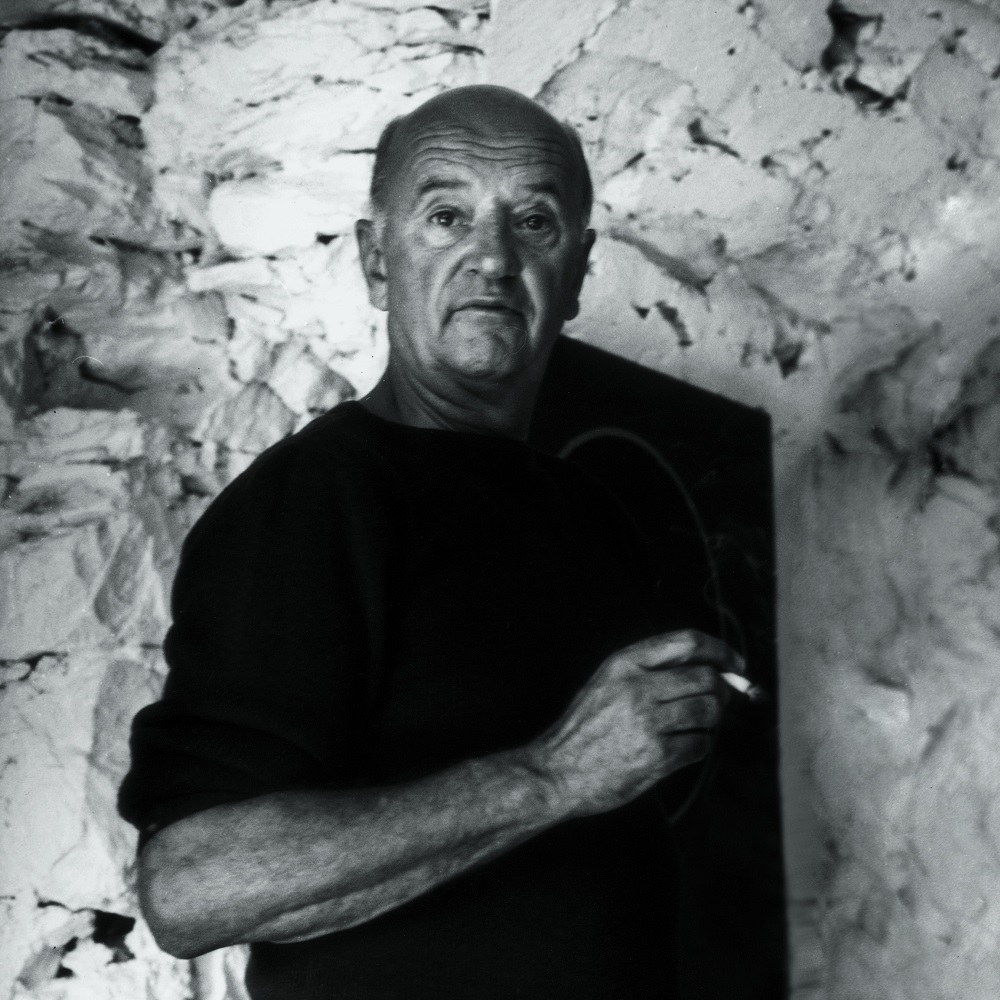
Jean Leppien (born Kurt Leppien) was a German-French painter.
From 1929, Leppien studied at the Bauhaus Dessau with Josef Albers, Wassily Kandinsky and Paul Klee. He lived in France since 1933, from where he was deported in 1944. After the war he stayed in France as Jean Leppien, where he exhibited at the Salon des Réalités Nouvelles. Leppien is one of the most important representatives of the Geometric abstraction in France. Stylistically, he is close to painters such as Alberto Magnelli, Jean Deyrolle, Michel Seuphor, Emile Gilioli and Aurélie Nemours.
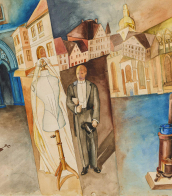

Jean Leppien (born Kurt Leppien) was a German-French painter.
From 1929, Leppien studied at the Bauhaus Dessau with Josef Albers, Wassily Kandinsky and Paul Klee. He lived in France since 1933, from where he was deported in 1944. After the war he stayed in France as Jean Leppien, where he exhibited at the Salon des Réalités Nouvelles. Leppien is one of the most important representatives of the Geometric abstraction in France. Stylistically, he is close to painters such as Alberto Magnelli, Jean Deyrolle, Michel Seuphor, Emile Gilioli and Aurélie Nemours.
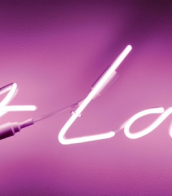
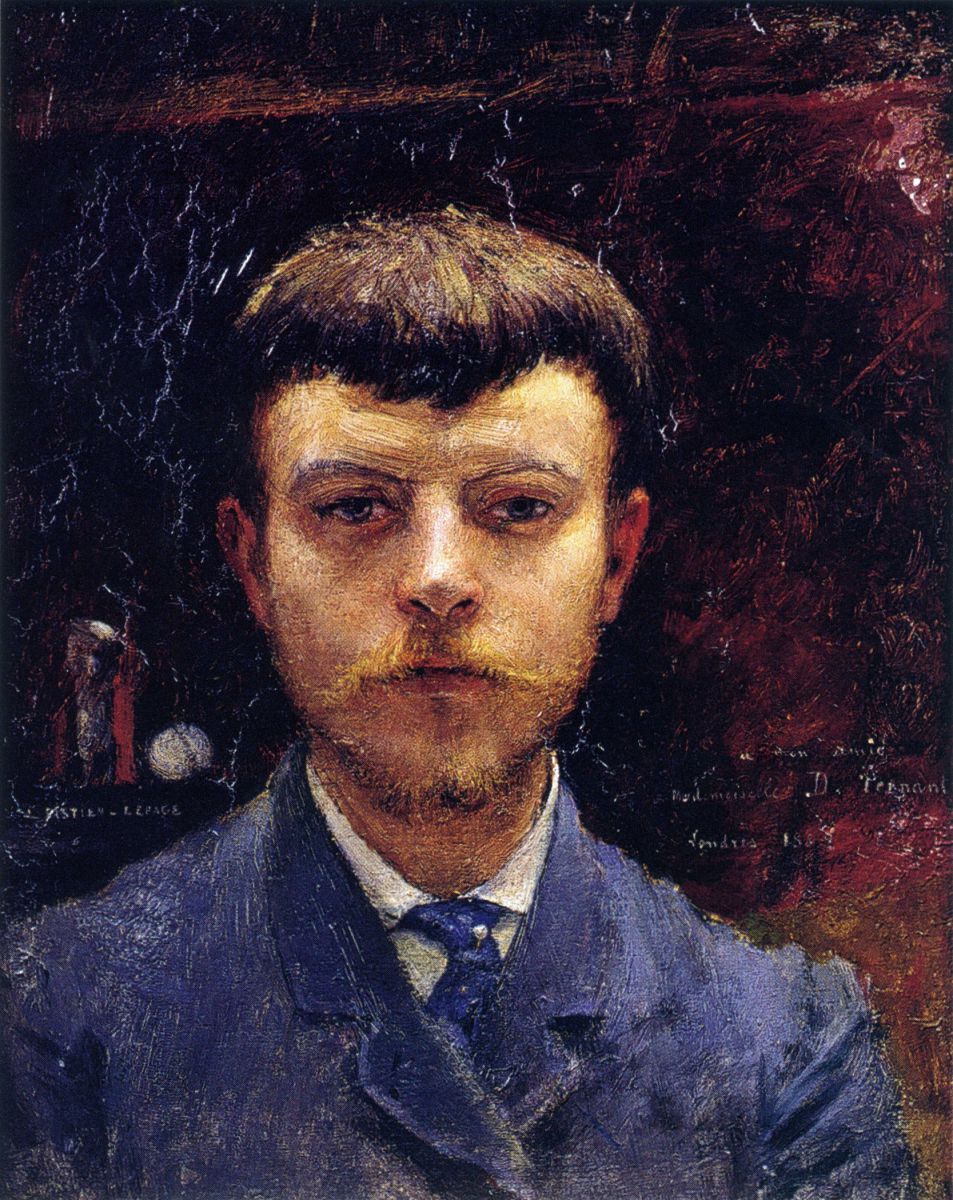
Jules Bastien-Lepage was a French painter closely associated with the beginning of naturalism, an artistic style that emerged from the later phase of the Realist movement.
His most famous work is his landscape-style portrait of Joan of Arc which currently resides at the Metropolitan Museum in New York City.
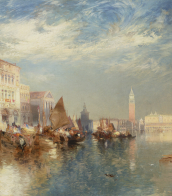

Jules Bastien-Lepage was a French painter closely associated with the beginning of naturalism, an artistic style that emerged from the later phase of the Realist movement.
His most famous work is his landscape-style portrait of Joan of Arc which currently resides at the Metropolitan Museum in New York City.
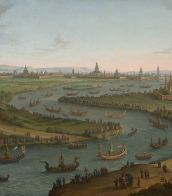
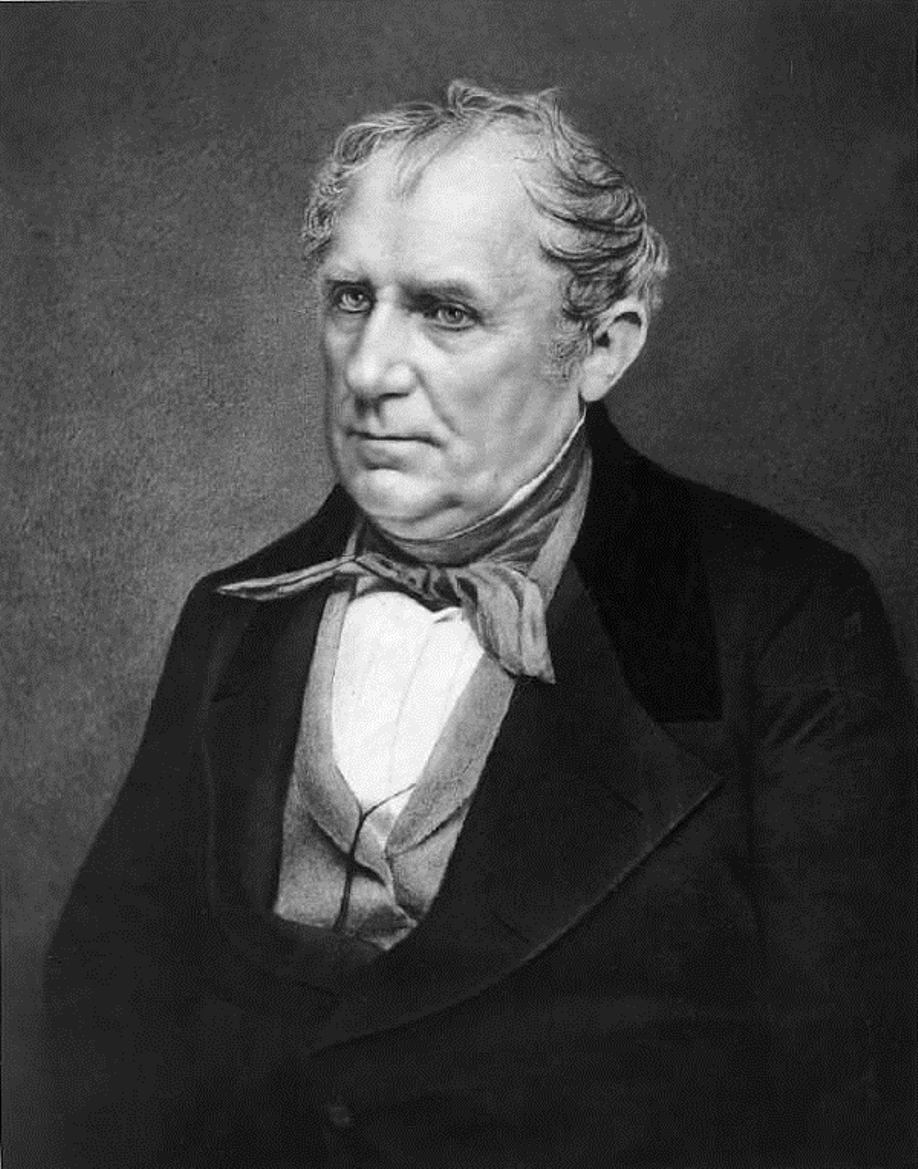
James Fenimore Cooper is an American writer and the founder of the Western genre.
Cooper is the first major American novelist, he wrote a whole series of novels from American life: "The Pioneers" (1823), "The Last of the Mohicans" (1826), "The Prairie" (1827), "The Pathfinder" (1840), "The Beastmaster, or the First Warpath" (1841). The author fascinatingly and vividly describes how Europeans waged wars among themselves on the American continent, involving Indian tribes in these strife. All of these works were a huge success in 19th century Europe and are still being reprinted today.
At the height of his popularity, Cooper spent seven years in Europe, and then returned to the United States, where he wrote works on military-historical and maritime themes until his advanced old age. Among them are "The Pilot, or Maritime History" (1823), "The Red Corsair" (1827).
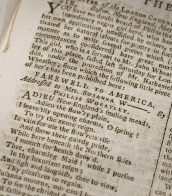
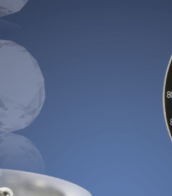
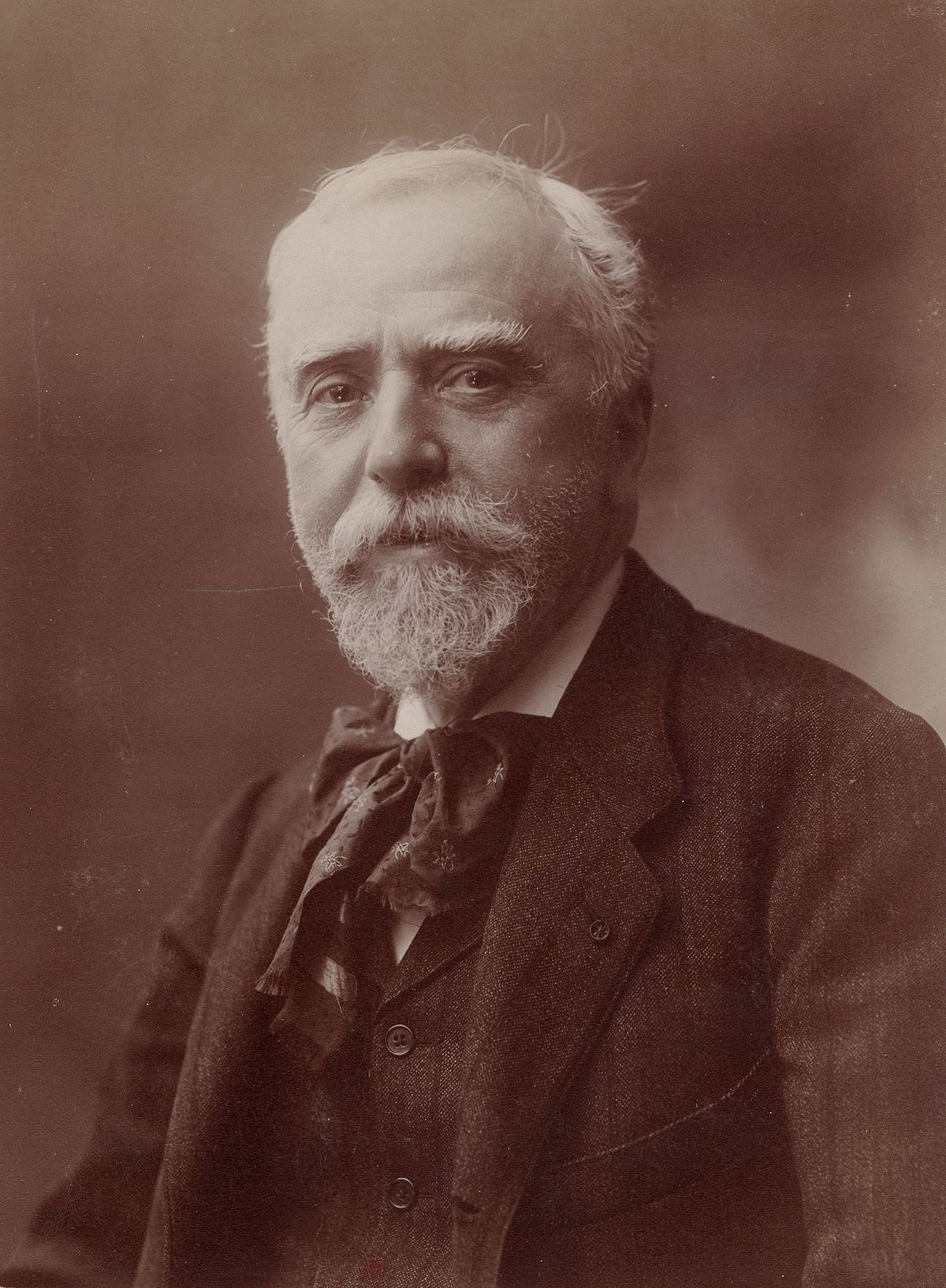
Léon Augustin Lhermitte was a French naturalist painter and etcher whose primary subject matter was rural scenes depicting peasants at work.
